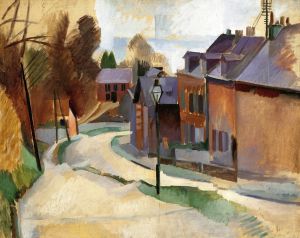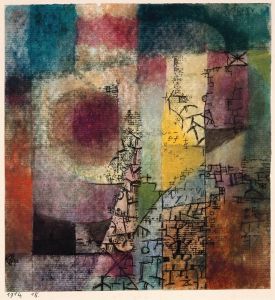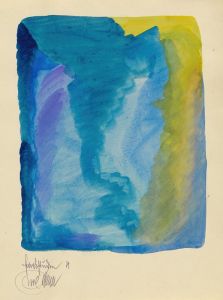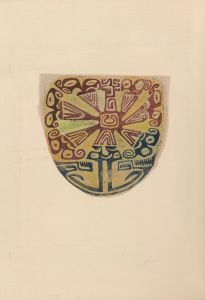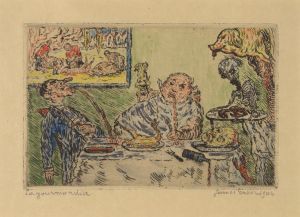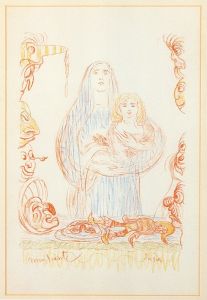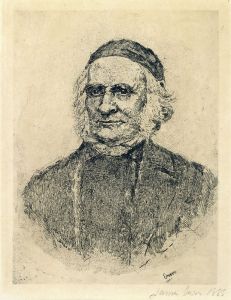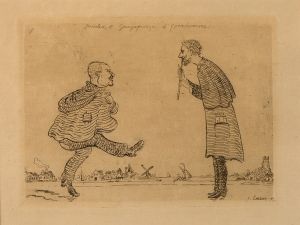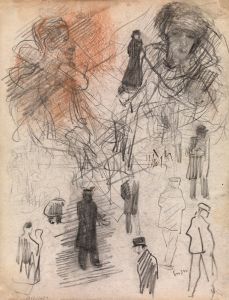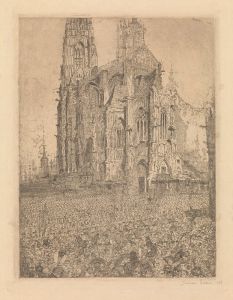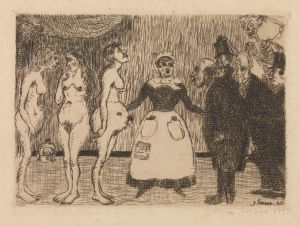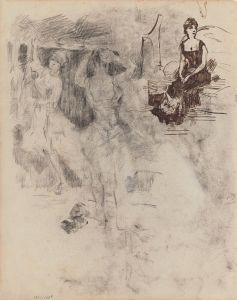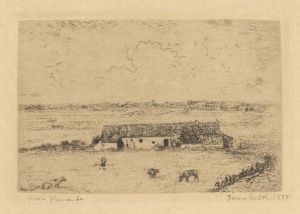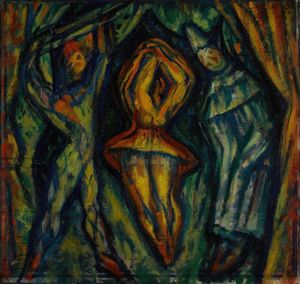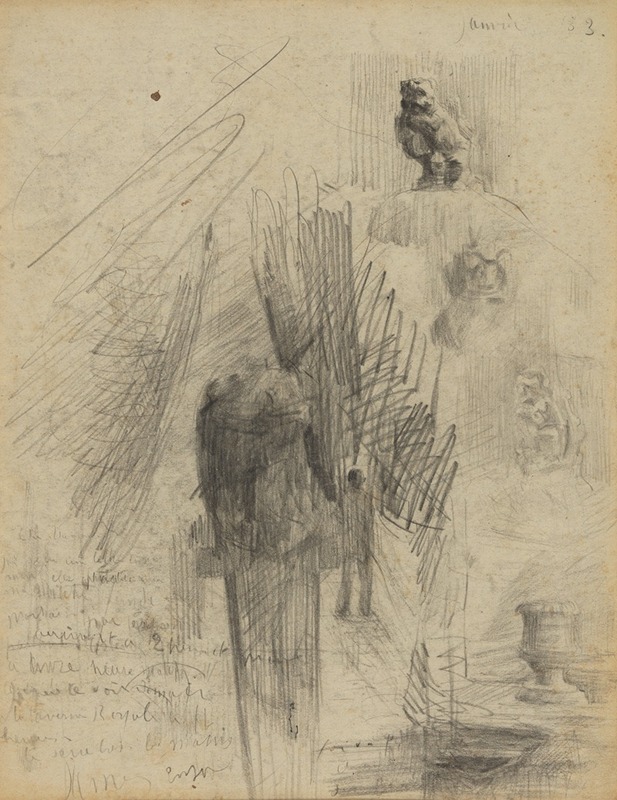
Snuisterijen en figuren
A hand-painted replica of James Ensor’s masterpiece Snuisterijen en figuren, meticulously crafted by professional artists to capture the true essence of the original. Each piece is created with museum-quality canvas and rare mineral pigments, carefully painted by experienced artists with delicate brushstrokes and rich, layered colors to perfectly recreate the texture of the original artwork. Unlike machine-printed reproductions, this hand-painted version brings the painting to life, infused with the artist’s emotions and skill in every stroke. Whether for personal collection or home decoration, it instantly elevates the artistic atmosphere of any space.
James Ensor, a prominent Belgian painter and printmaker, is known for his unique and often eccentric style that blends elements of symbolism, expressionism, and surrealism. One of his notable works is "Snuisterijen en figuren," which translates to "Trinkets and Figures." This painting is a quintessential example of Ensor's fascination with the grotesque and the fantastical, themes that permeate much of his oeuvre.
Ensor was born in 1860 in Ostend, Belgium, and spent most of his life there. His family's curiosity shop, filled with exotic objects, carnival masks, and other oddities, greatly influenced his artistic vision. This environment is reflected in "Snuisterijen en figuren," where Ensor's interest in the bizarre and the theatrical is evident. The painting showcases a collection of figures and objects, rendered in a style that is both whimsical and unsettling. Ensor's use of vibrant colors and distorted forms creates a dreamlike atmosphere, inviting viewers to explore the boundaries between reality and imagination.
The painting is characterized by its intricate composition and the juxtaposition of various elements that seem to defy logical arrangement. Ensor often employed such techniques to challenge conventional perceptions and to evoke a sense of mystery and ambiguity. In "Snuisterijen en figuren," the figures appear to be part of a fantastical tableau, each with its own distinct personality and story. This aligns with Ensor's broader artistic goals of exploring the human condition and the complexities of identity.
Ensor's work was initially met with resistance and criticism from the traditional art establishment in Belgium. However, his innovative approach and bold subject matter eventually garnered recognition and influenced subsequent generations of artists. "Snuisterijen en figuren" exemplifies Ensor's ability to blend humor with a critical examination of society, often using masks and theatrical motifs to comment on the facades people wear in their daily lives.
Throughout his career, Ensor remained committed to his unique vision, often drawing inspiration from Flemish traditions, religious iconography, and the vibrant cultural life of his hometown. His work is marked by a deep engagement with the themes of mortality, vanity, and the absurdity of human existence. "Snuisterijen en figuren" is a testament to Ensor's skill in capturing these themes through a lens that is both playful and profound.
Today, James Ensor is celebrated as a pioneer of modern art, and his works are held in high esteem by art historians and enthusiasts alike. "Snuisterijen en figuren" continues to be studied and appreciated for its innovative composition and the way it encapsulates Ensor's distinctive artistic voice. The painting remains a significant piece within Ensor's body of work, offering insight into his creative process and the cultural milieu of late 19th and early 20th century Belgium.





